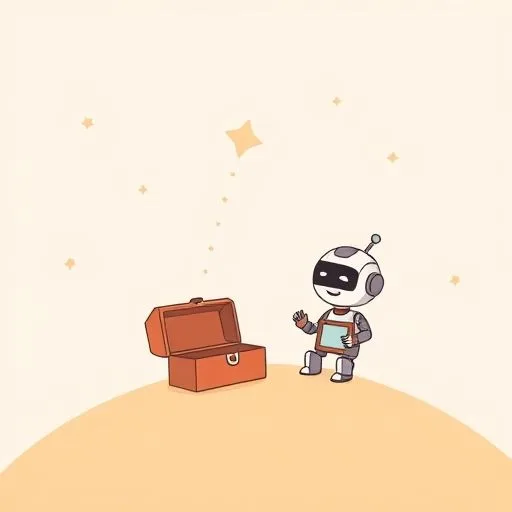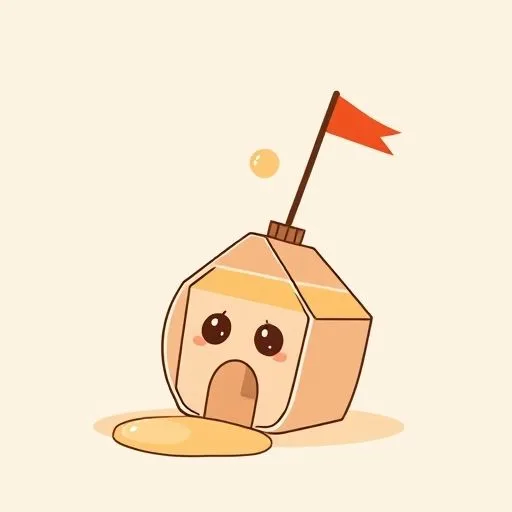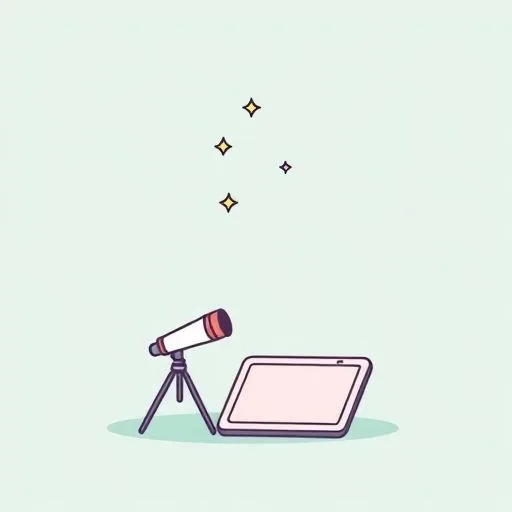
Picture it: your child points at the tablet and asks, ‘If robots do everything, what do we do?’ Your chest tightens just a little—we’ve felt that quiet sink too, haven’t we? But here’s what we’re learning—when AI gives instant answers, that spark in their eyes becomes more precious than ever. And it’s entirely possible to keep it burning. Let me share what I’ve observed from walking beside these incredible women who nurture wonder every day.
Why saying ‘I don’t know’ is the best thing you can do right now

We’ve all rushed to give answers when kids ask ‘why?’. But in the AI age, that instinct might be doing more harm than good. Something magical happens when we pause and say, ‘You know what? I’m not sure—let’s figure this out together.’
Imagine watching your child stare at a dew-covered spiderweb. Instead of pulling up Google Images, you sit with them. ‘How do you think the spider built this?’ you ask. Suddenly their eyes widen—not with an answer, but with possibility. That open space where curiosity breathes? That’s where real learning begins.
We’ve seen it transform ordinary moments: when an AI recipe suggested kimchi in pancakes (yes, really!), the kitchen didn’t become a failure. It became a laughter-filled adventure testing weird combinations. And you know what stuck with them? Not the taste—they still talk about the ‘why’ behind trying it. Those off-the-cuff experiments? They build resilience no algorithm can teach.
The next time your heart sinks at ‘I don’t know’, remember: you’re not failing them. You’re handing them the compass.
Play isn’t optional—it’s where real innovation begins

Remember when your kid spent hours building blanket forts or arranging sticks into tiny villages? Those moments aren’t ‘just play’—they’re innovation bootcamps. Tech saturates our world, but true creativity blooms when screens get put aside and hands get gloriously messy.
Watch what happens when a paint spill becomes ‘rainbow mud soup’ or when forgotten seeds sprout in a cup. Kids don’t see failure—they see a story unfolding. They’re engineering solutions when negotiating blanket cave roles, or discovering physics by balancing rocks. And that off-screen resilience? It sticks.
We’ve watched children who prefer cardboard-box spaceships over apps develop this uncanny ability to think around corners.
Here’s what we notice: when moms gently step back (‘I see you’ve got an idea—show me!’), kids light up with ownership. Those muddy hands and scribbled drawings aren’t messy—they’re proof curiosity is thriving. Next time your kid chooses building over browsing, don’t redirect. Lean in. That unprompted exploration is the quiet rebellion against instant answers we’ve all been hoping for.
Tech is the helper—not the hero—of their journey

Let’s be clear: AI’s incredible. It translates languages and solves math problems in seconds. But it shouldn’t replace those breath-catching moments when discovery happens face-to-face. The key is positioning tech as a tool—not the teacher—that helps us explore deeper together.
Think stargazing: an app can label constellations instantly. But will it capture the shared awe of tracing Orion’s belt under a real sky? Or the whispered ‘What do you think is out there?’ that follows? We’ve seen kids carry those moments for years—not the app’s data.
Similarly, skipping the AI-generated story to sketch one together? Those crooked drawings become sacred artifacts because they represent human effort.
Moms, you’re already doing this brilliantly: choosing hikes where kids lead (‘Which path feels interesting?’), growing plants from seeds, turning ‘boring’ chores into experiments. And that quiet pride when your child beams holding their flawed-but-perfect clay bowl? That’s the heartbeat of curiosity.
We’re not fighting technology—we’re protecting space for wonder. Because the real question isn’t ‘What can AI do?’ It’s ‘What magic happens when we put it down and look up together?’
The quiet strength you carry matters more than you know

Here’s what we see but rarely say: moms navigate this tension daily in unseen ways. That soft ‘Hmm, let’s see…’ when the tablet gives an answer? You’re creating space for curiosity. The way you preserve those kitchen messes from pancake experiments? You’re building resilience. Even the heavy sigh after bedtime when you wonder ‘Am I doing enough?’—that’s care, not doubt.
We’ve watched you turn AI’s limitations into gifts: when the smart speaker mishears ‘tell me about volcanoes’ as ‘tell me funny jokes’, you don’t restart. You laugh and grab encyclopedias. When kids ask existential questions (‘What’s my purpose if robots do everything?’), you don’t panic—you ask back, ‘What makes YOU feel alive?’. These aren’t parenting tactics. They’re masterclasses in human connection.
That moment washing dishes late at night? The one where you’re drained but still smiling at their scribbled ‘I love you’ note? That’s the quiet strength shaping their world. You’re teaching them that answers matter less than wonder itself.
And here’s what we want you to carry: every time you choose real over instant, you’re not just keeping curiosity alive. You’re lighting the very compass that’ll guide them through anything—even an AI-saturated future.
So next time your heart sinks at that ‘If robots do everything…’ question, take a breath. Your presence—that beautifully messy, patient, human presence—is the one thing no algorithm can ever replicate. And wow, do we see you doing it. Every single day.
Source: We got a look at ‘Project Maverick,’ Dell’s top-secret plan to overhaul its systems for the AI future, Business Insider, 2025/09/12 12:54:04
